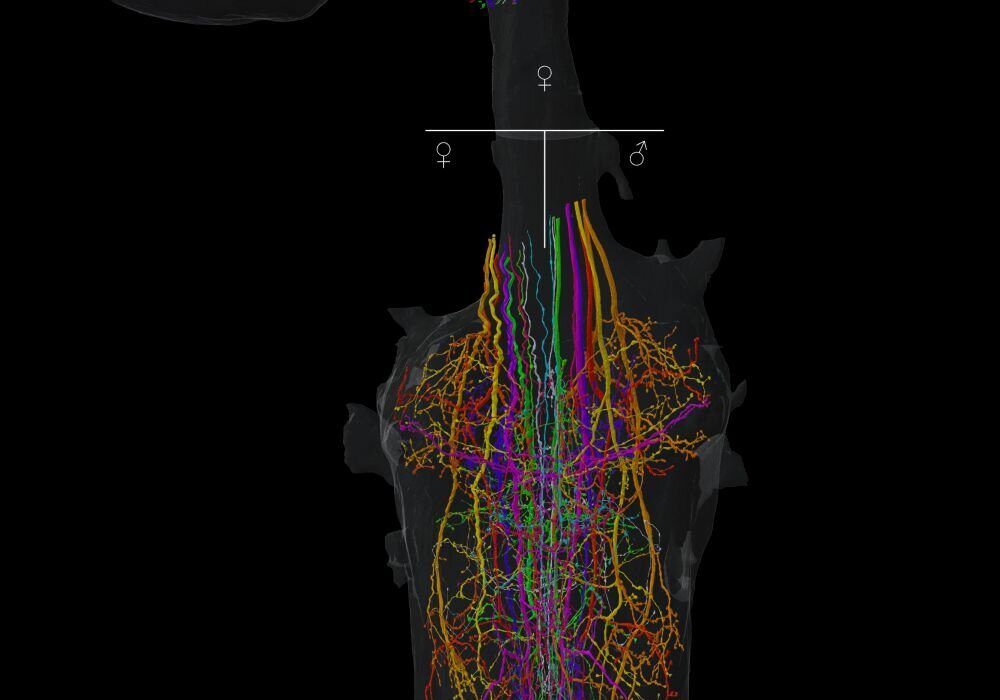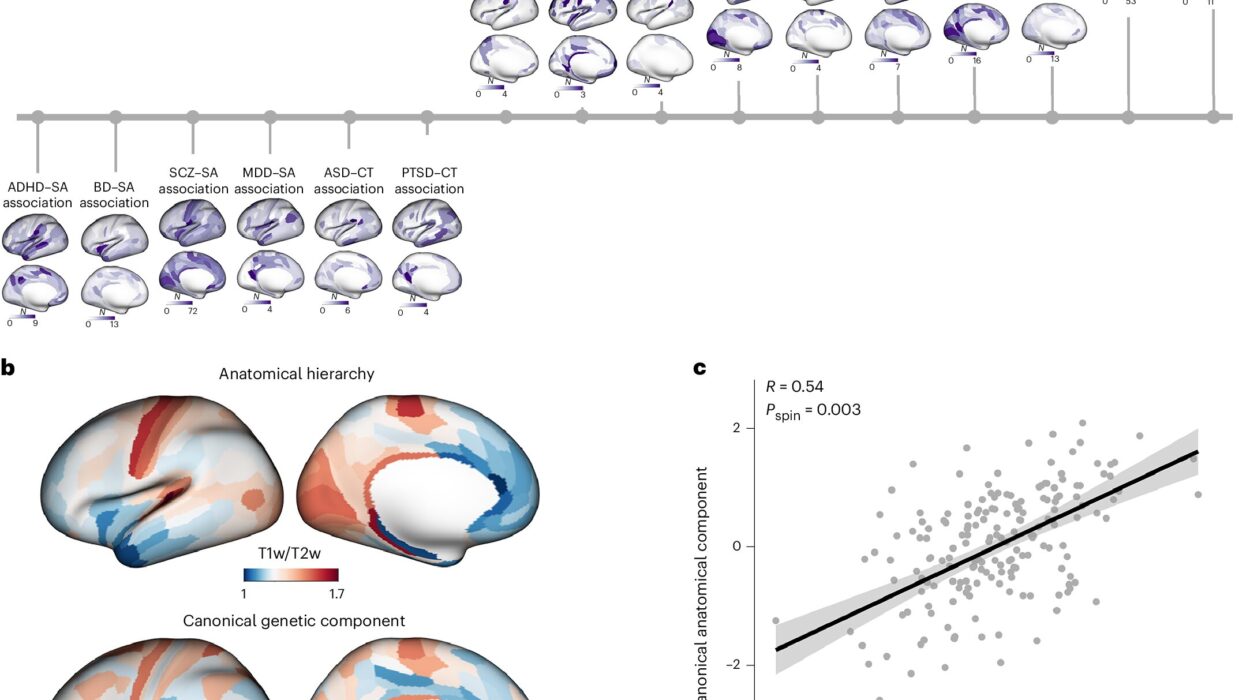Imagine yourself at a lively party. Glasses clink, music pulses, dozens of conversations blend into a sea of sound. Yet somehow, when a friend leans in to speak, your brain locks onto their voice as if the rest of the room has faded into silence. This remarkable ability is known as the cocktail party effect—a simple name for a deeply complex brain function.
Scientists have long known that attention allows the brain to filter the chaos of the world and focus on what matters most. But the precise how remained a mystery. How does the brain decide, in the blink of an eye, which signal to prioritize and which to ignore?
A team of researchers led by neuroscientists Dr. Eric Drebitz and Andreas Kreiter at the University of Bremen has uncovered a crucial part of the answer. Their work, recently published in Nature Communications, provides the first direct evidence of the brain’s timing-based mechanism for information selection.
And what they’ve found reveals not only the astonishing precision of our minds but also why attention is a survival tool—one that could change how we treat neurological diseases and even inspire new technologies.
Survival Hinges on Selective Perception
Consider another everyday scene: you’re crossing a street. Suddenly, a car turns the corner at high speed. Instantly, your brain tunes out billboards, shop windows, and other passersby. All that matters is the approaching vehicle. Within a fraction of a second, your attention narrows, your reaction sharpens, and you jump out of harm’s way.
This filtering is not about volume—the car isn’t necessarily the loudest or most obvious signal. Instead, it becomes the most relevant one. “The brain focuses its processing on the information that is currently relevant,” explains Dr. Drebitz. Everything else—visual distractions, background chatter, colorful advertisements—fades away, because paying attention to them could slow your reaction and put you in danger.
Attention, then, is not a luxury. It is survival.
Timing: The Brain’s Hidden Code
The Bremen research team uncovered that the secret lies not only in what the brain processes, but when.
Neurons, the brain’s information carriers, don’t fire continuously. Instead, they work in lightning-fast cycles of activity—brief bursts of high sensitivity followed by moments of relative quiet. Each cycle lasts just 10 to 20 milliseconds, repeating dozens of times every second.
Crucially, a signal only changes neuronal activity if it arrives at just the right moment—during this tiny window of heightened receptivity. If it comes too early or too late, the neuron simply ignores it.
This discovery shows that the brain doesn’t merely filter information by importance—it fine-tunes the timing of neural activity so that relevant signals arrive at the perfect instant. Attention, in essence, is the brain’s conductor, ensuring that critical information is delivered in sync with these receptive windows while distractions are left outside.
Putting the Brain to the Test
To prove this, the researchers studied rhesus monkeys, whose brains closely resemble our own in terms of cortical organization. The animals performed a visual task on a screen while scientists delivered extremely weak electrical signals to a region of the brain’s visual processing system.

These artificial signals were meaningless—deliberately unrelated to the task. They acted as “decoys,” testing whether the brain would process them or filter them out.
The results were striking. When the signals reached the brain during a receptive phase, they influenced activity in downstream neurons. Not only that, but the animals’ behavior changed too: they reacted more slowly and made more mistakes. In other words, the brain had mistakenly prioritized a useless distraction—proving that timing alone determined whether information entered the stream of consciousness.
When the same signals arrived too early or too late, they vanished into the background, as if they never existed.
Why This Matters for Health and Technology
The implications of this discovery ripple far beyond the laboratory.
First, it provides a deeper understanding of how the brain processes information before it becomes perception, memory, or action. This knowledge is vital for medicine. Disorders like Alzheimer’s disease and ADHD involve impairments in selective attention and memory storage. If scientists can understand the brain’s timing mechanism, they might design therapies to restore or strengthen it.
Second, the findings have enormous potential for technology. Brain-computer interfaces—which aim to connect human thought directly with machines—depend on reading and writing neural signals with perfect precision. If input arrives even a few milliseconds off, the system may fail. By mimicking the brain’s natural timing cycles, such interfaces could become far more reliable and efficient.
Artificial intelligence, too, could benefit. Today’s AI systems consume vast amounts of data indiscriminately. But the brain’s timing-based prioritization offers a blueprint for more efficient processing—machines that know not only what to process but when to process it.
The Poetry of Attention
There is something almost poetic in this discovery. Our brains, far from being overwhelmed by the flood of sensory information around us, have evolved an elegant rhythm to keep us safe and focused. We live in a world of infinite signals, yet our minds orchestrate them into a coherent melody, lifting one voice from the crowd, one car from the chaos, one idea from the noise.
Attention is the silent filter that makes consciousness possible. It is what allows us to listen, to learn, to survive. And now, thanks to science, we are beginning to glimpse the delicate timing that makes it all work.
The next time you’re at a party, straining to hear a friend’s voice over the music and chatter, remember: your brain is not just hearing—it is performing a dazzling act of precision, filtering and timing signals in perfect synchrony.
In every moment, it is choosing. It is protecting you. It is keeping your world in focus.
More information: Eric Drebitz et al, Gamma-band synchronization between neurons in the visual cortex is causal for effective information processing and behavior, Nature Communications (2025). DOI: 10.1038/s41467-025-62732-8






